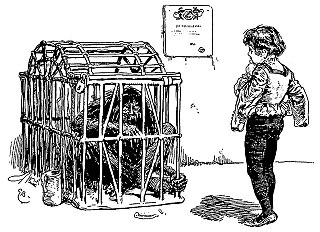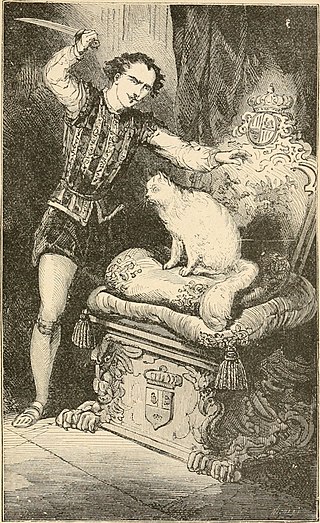Synopsis
A king with one daughter grew old and sick, but the doctors found that the best medicine for him were apples from his own orchard. One night, he saw a bird stealing them. He blamed the gardener for neglecting the orchard, and the gardener promised that his sons, the land's best archers, would stop the thieving bird. The first night the oldest son came to the garden, but fell asleep; the king saw him and the thieving bird again, and though he shouted, the boy did not wake quickly enough. The same thing happened with the second son. But on the third night, the youngest son stayed awake and shot off a feather, thus frightening the bird away.
The king admired the feather greatly and said his daughter would marry whoever brought him the bird. The gardener's oldest son set out to do it. When a fox came to beg some of his lunch, the son shot an arrow at him. There were two inns, one merry, and one quiet in which to stay and when the oldest son found the inns, he chose the merrier one, and never came out again. Soon after, the second son set out, and ended up the same.
Finally, the youngest set out. He shared his lunch with the fox and out of respect, the fox warned him against a merry inn with dancing, and to stay in a quiet inn. The youngest followed the fox's advice and stayed in the quiet inn. The next day, the fox told him the bird was at the castle of the King of Spain and carried him there. Then it said that he could go in and carry out the bird and its cage. He went in, but he saw three golden apples with the bird, and a golden cage. He went to put the bird in the golden cage, and it awoke, and the boy was captured. The king gave him one chance to save his life: to steal the King of Morocco's bay filly.
The son came out, the fox carried him to that castle, and warned him to not let the horse touch anything except the ground. He went in and saw a golden saddle. When he put it on the filly, it squealed and again he was caught. The king told him he could have his life and the filly if he brought him Princess Golden Locks, the daughter of the Greek King.
The fox carried him to that castle and warned him how to answer when asked a favor. He found the princess and woke her, asking her to let him take her with her, and promising to free her from the King of Morocco. She asked to say goodbye to her father; he refused; she asked to kiss him instead, and the boy agreed, but that awoke the king. He said that if the boy removed a great heap of clay, enchanted so that for every shovel thrown away, two came back, he would believe that he could keep her from the king. The boy tried, but the heap grew larger. The fox told him to eat and rest. He confessed to the king and princess his failure, and the princess hoped he did not fail. The king let him take her, though he lamented being alone, as the princess's brother was kept captive by a witch.
The fox carried them to the King of Morocco, and the boy asked to shake hands with the princess before he left. When the king agreed, he carried her off on the bay filly. Then he brought the bay filly to the King of Spain, leaving the princess with the fox, but when the king gave him the bird and the golden apples, he stroked the horse as a fine beast, and when he was done, he rode away with both the horse and the bird.
They rescued his brothers, who were begging, and the fox asked the boy to cut off his head and tail. The boy could not do it, but his oldest brother did it for him, and the fox became the prince, the princess's brother. He married the king's daughter, and the gardener's son married his sister.








